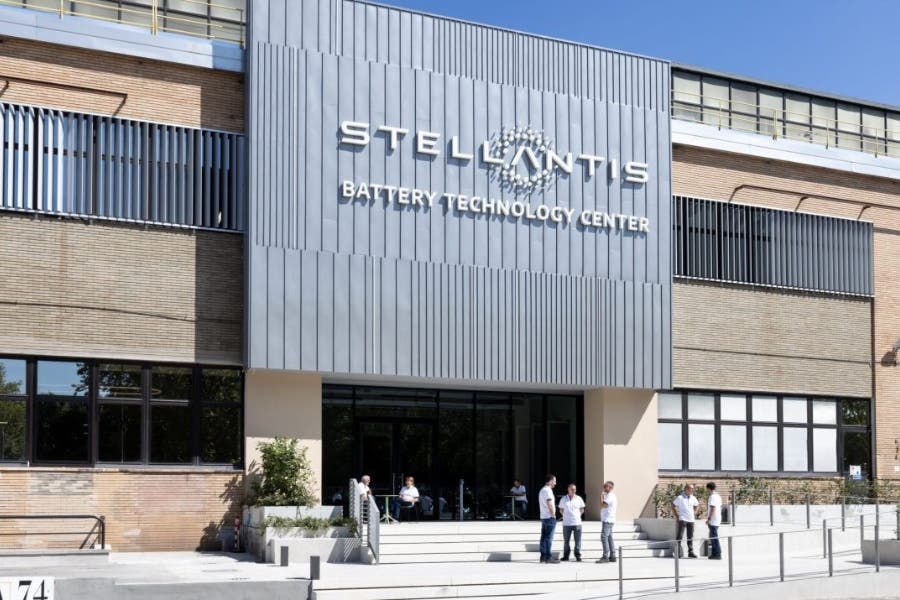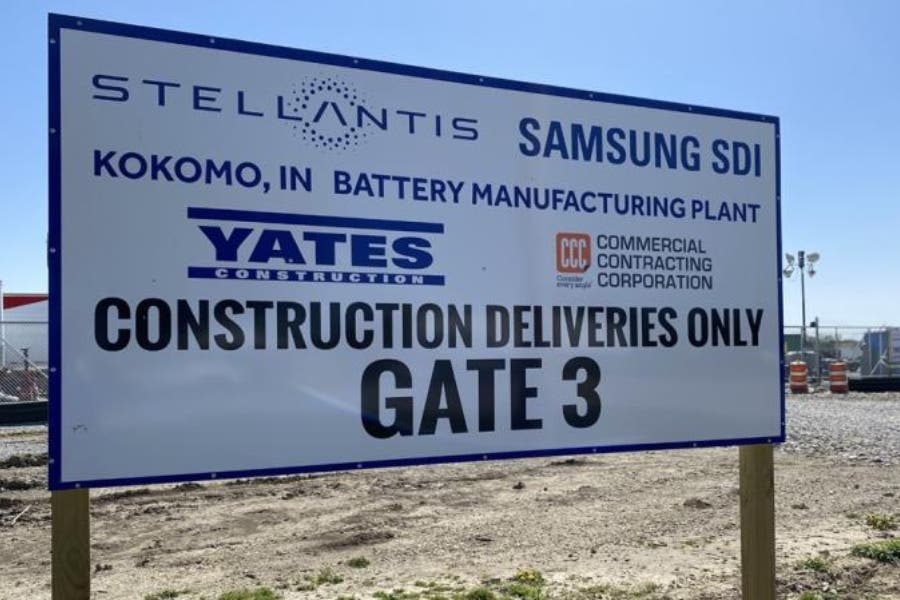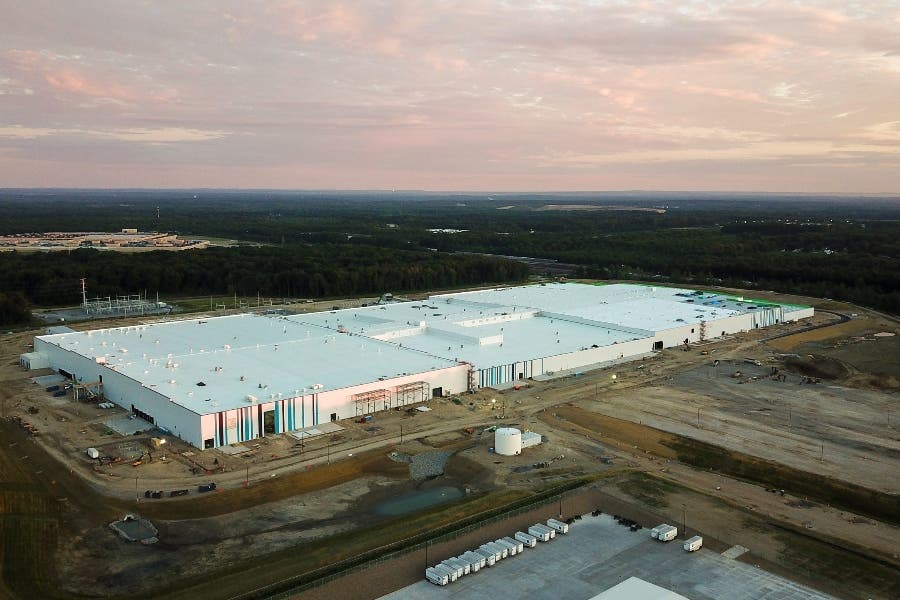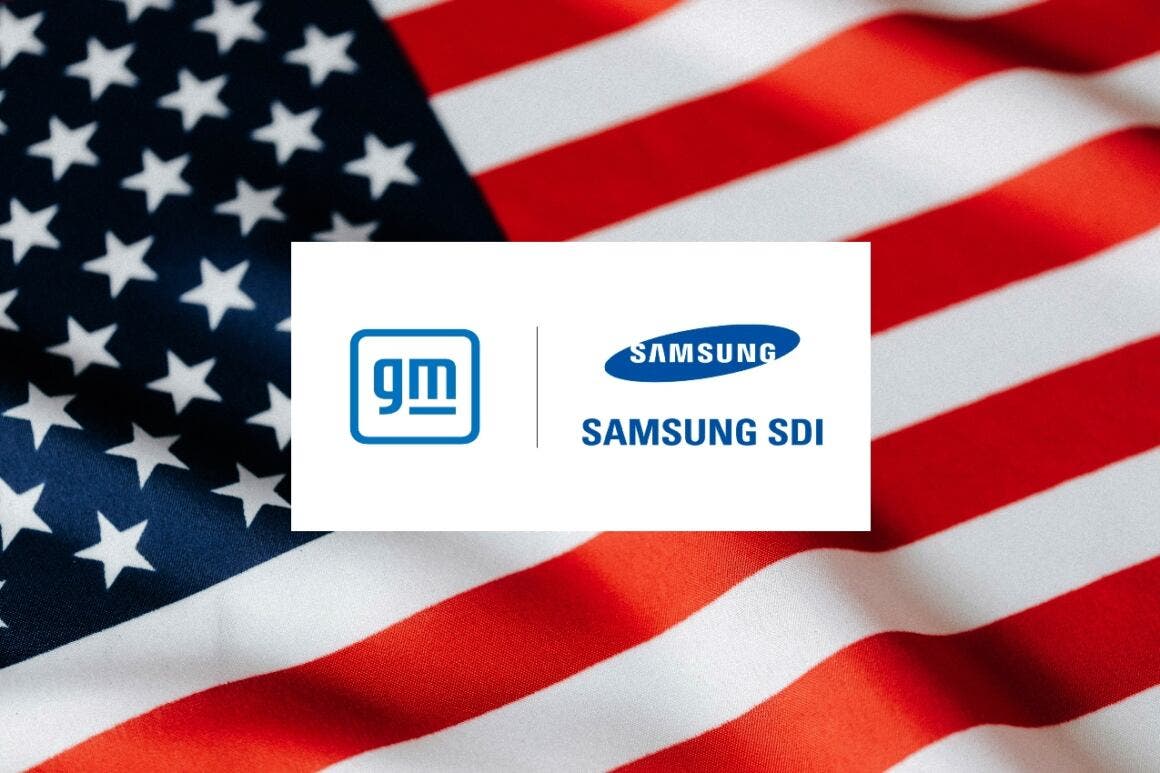A new joint venture marks a new strategic commitment to the U.S. market. Samsung and GM commit to producing batteries for electric vehicles
Stellantis’ ambitious electric strategy
The Stellantis automotive group has been going through a rather turbulent period in recent months. The main issues include ongoing clashes with U.S. unions such as UAW and the less-than-positive results of Stellantis‘ main U.S. brands. While the situation is not the best, the company, which is currently working to resolve these mishaps, is also vigorously continuing its work to transition to increasingly electric mobility.
In this respect, Stellantis in the year 2021 entered into a valuable agreement in this regard with the Samsung company, a decidedly strategic partnership with the South Korean company with its SDI part. Both companies have entered into a partnership to build a second Gigafactory which would be dedicated completely to electric vehicle battery production in the United States.
This venture was an early indication of how serious the Stellantis Group was about investing in the energy transition and reducing CO2 emissions. The new factory will be built by the StarPlus Energy joint venture and will have a production capacity of 34 gigawatt-hours per year initially and will begin full-scale operations in 2027.

Stellantis’ U.S. gigafactory
The planned U.S. gigafactory will join other substantial investments that have been made in the battery industry, such as the first plant in Kokomo, Indiana, which is slated to begin operation in 2025, and a third factory in Canada. Such a manufacturing fabrication network will provide a great opportunity for Stellantis to ensure a stable supply of batteries and, above all, high-quality batteries for its electric vehicles, thus lending strong support to the electrification plans of brands across the group.

Stellantis’ primary goal is quite clear: by 2030, 50 percent of sales in the United States must be exclusively battery electric vehicles. Stellantis CEO Carlos Tavares said that this newest factory will greatly help the company in achieving their ambitious goal of offering a wide range that is satisfactory in every respect.

But Samsung does not stop only at the great collaboration entered into with Stellantis. Recently, a new and further partnership has in fact been formed with the automotive giant General Motors (GM), which now has every intention of trying to revolutionize the electric vehicle battery market in the United States. Recall also that the U.S. government has allocated more than $1.7 billion to incentivize the production of electric vehicles. And precisely among the main beneficiaries are the automotive giants Stellantis and General Motors.
The new Samsung-GM collaboration
Coming back to talk instead about the new collaboration between Samsung and GM, we can say that this strategic partnership, the second for Samsung in the country, marks a big step towards the now infamous world of electric cars.

For the agreement that was put in place by the two big companies envisions the construction of a complex and immense plant, which will be destined solely to work for the production of cutting-edge battery technology. The necessary investment for this major operation envisions a total expenditure of more than $3.5 billion, thanks to which the plant will be able to meet a demand that is currently in constant growth for electric vehicles. An accomplishment that would go a long way toward drastically reducing the environmental impact of the automotive industry.
The cooperation between Samsung and GM stems from the common desire of the two companies to accelerate this important transition to an increasingly low-carbon economy. The two large companies, both boast of long experience in the automotive and technology sectors, a characteristic that has prompted them to combine their expertise to try to develop increasingly innovative and sustainable solutions for electric mobility. The two companies have repeatedly announced their intention to invest heavily in battery production in the United States, a key market for the transition to electric mobility.

Indiana plant by 2027
By 2027, the Indiana plant is expected to be fully operational, providing an annual output of 36 GWh. This newly formed strategic partnership is a very important signal for the entire industry. A great demonstration that collaboration must be put at the forefront along with technology and innovation in order to comprehensively and definitively address the climate change that has plagued the planet for too long now. Although arguably, both Stellantis and GM may want to diversify their sources of supply to reduce dependence on a single supplier and ensure continuity of production. We’ll see how Stellantis Group responds and whether there will be any further changes in strategies and collaborations of electric transition
